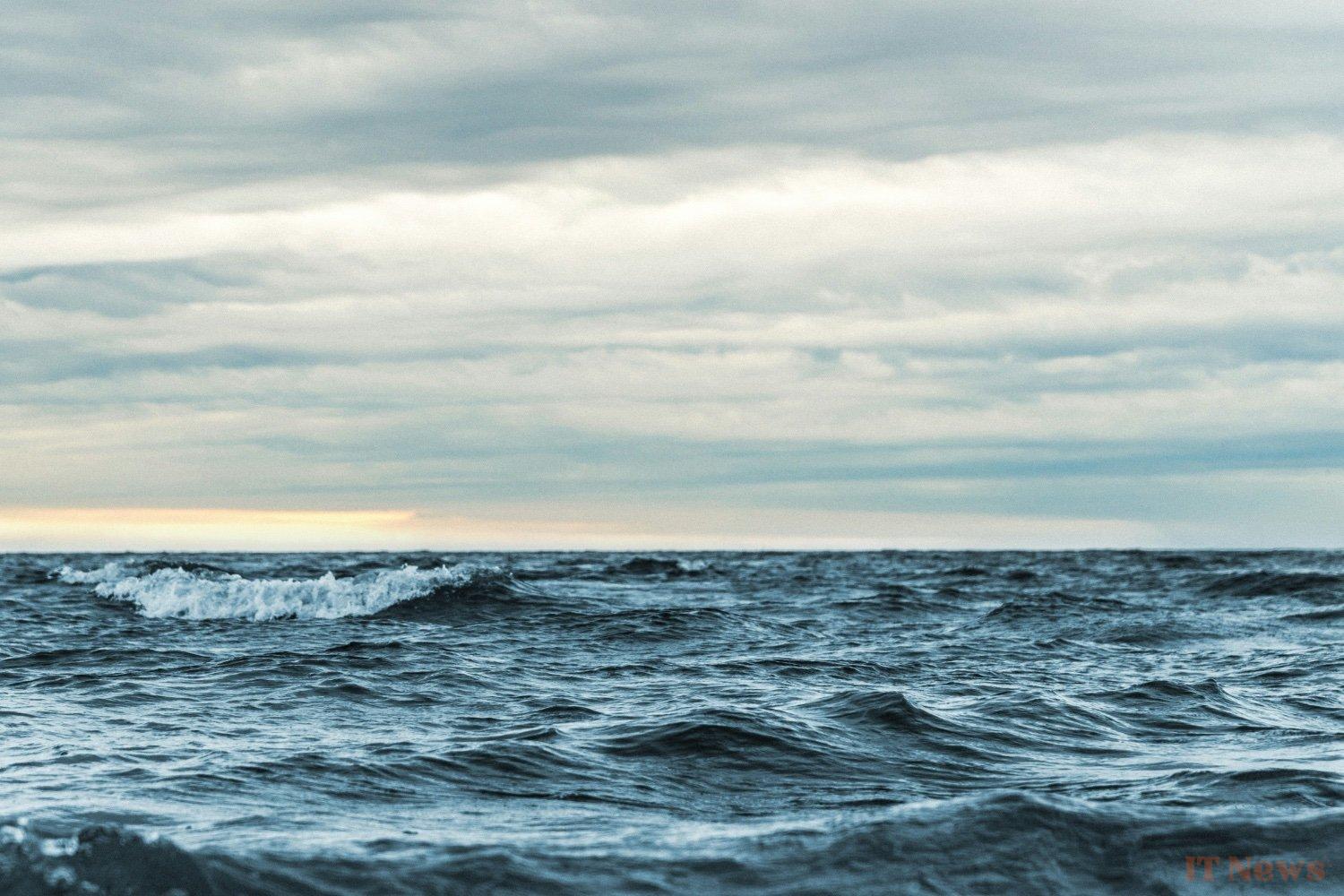At the end of World War II, the Allies ordered the rapid and inexpensive destruction of the Nazi arsenal, as well as some of their own weapons. Tons of munitions were then dumped at sea, often haphazardly. "We are not talking about a few unexploded bombs, but millions of munitions from World War II simply dumped by the Allies to avoid rearmament," recalled German Environment Minister Steffi Lemke in October 2024.
A cleanup at large scale?
Today, the environmental consequences of this abandonment are worrying. Researchers have found traces of TNT in fish and mussels around the dump sites. "Conventional munitions are carcinogenic, chemical munitions are mutagenic and disrupt the enzymes of organisms," warns Jacek Be'dowski, an underwater dump specialist at the Polish Academy of Sciences, quoted by Wired.
Faced with this problem, Germany has launched In July 2024, a pilot project will be launched to test solutions for extracting these underwater explosives. With a budget of 100 million euros, several companies have begun exploring the Bay of Lübeck, located at a depth of around twenty meters. The objective is to develop a system capable of efficiently mapping, extracting, and disposing of these munitions.
Underwater drones equipped with sensors and cameras detect explosive devices, which are then brought up using mechanical arms and hydraulic grippers. The company SeaTerra, in charge of the project, has already recovered 16 tons of munitions during the first two months of the operation. But for Dieter Guldin, operations manager, the main challenge remains improving technology. "We have reached a stage where we scan a large quantity of munitions and develop machine learning programs to better identify them," he explains.
The pilot project also includes the construction of a floating explosive ordnance disposal facility. The idea is to burn the munitions directly at sea, thus avoiding their transport to land-based sites, which is costly and risky. However, the project promises to be complex. The capacity of the furnaces and how the largest bombs will be fragmented remain unknown.
If the experiment proves conclusive, it could serve as a model for other countries facing the same toxic legacy. Until the 1970s, militaries around the world used the oceans as dumps for their old weapons stockpiles. The technology developed in Germany could therefore find applications well beyond the Baltic, provided governments are willing to invest in these costly operations. "There is no shortage of problems, but funding remains uncertain," concludes Wolfgang Sichermann, a naval architect involved in the project.



0 Comments